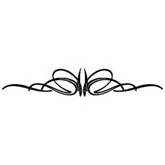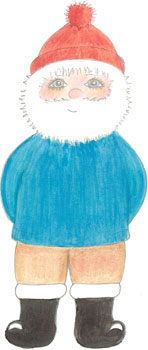
Salty Sam’s Fun Blog for Children
Number 517
Paper
Hello Everyone

So this week, Emily has been busy preparing her bullet journal for the forthcoming year.
She has been adding lots of notes, pictures and interesting and useful pieces of information to move forward with.
Anyone can draw simple doodles to decorate the pages of a diary.
Of course you can use stickers as well.
She noted the birthdays of friends and family so that she has plenty of time to buy or even make cards for them.
There will be lots more dates to put in too like; the school sports day and school outings, parties, play dates, shopping trips and weekends away.
There will be reminders of things to be done like returning library books and finishing projects for school.
She has written a list of things she wants to do, books she wants to read and new experiences she wants to have.
She has set some targets for herself too.
She wants to improve her swimming and baking skills and she wants to improve her handwriting. She can practice that in her bullet journal.
And of course she slotted page markers that she has made into places throughout the book. (Projects on other blog posts like Blog Post 309)

There are many pages in her book; of course they are made of paper like most other books. Paper is made of wood pulp or some other types of fibre like those taken from grasses, bamboo, straw, flax or sugar cane. lt can also be made from paper that has been recycled of course, which saves taking more trees. Most paper is made from wood pulp.
But people have not always used the kind of modern paper we use today to write on.
They have used other materials like papyrus, parchment and vellum over the last two thousands years and more.
Papyrus was made from the pith (soft inside) of a papyrus plant in Ancient Egypt and other Mediterranean cultures and parchment and vellum was made of specially dried and prepared skin. Vellum is a finer product made from young animals.
lf you see the word ‘vellum’ writing paper sold in boxes in the shop today though, it just means that it is good-quality, writing paper for you to write letters on.
lf you see the word ‘parchment’ on a box of paper, it refers to a light brown colour.
Many ancient laws and important documents were written out on pieces of parchment or vellum over the centuries and rolled up on sticks. Today they are carefully stored away in vaults.
The word papyrus gives us the modern word for paper. Papyrus is a kind of sedge (like a water reed that grows near rivers).
There are many different kinds of paper: writing paper, note paper, printer paper, drawing paper, photographic paper, money, wallpaper, paper used in the printing of books and newspapers and of course, very importantly, toilet paper.
Wood pulp can be made into cardboard as well, of course, to make boxes to pack goods and presents in. lt can be made into boxes to present chocolates in or stiff delivery boxes. All boxes protect their contents.
Lots of trees are grown as crops to make paper. They are usually relatively fast growing trees to get a return on the investment of planting the trees as quickly as possible.
The trees that are planted are usually coniferous trees like spruce and fir because they have longer fibres that make stronger paper. These kinds of trees are called softwood trees. Deciduous trees that lose their leaves in winter are called hardwood trees. With modern milling techniques, any wood can now be used to make paper.
The trees are harvested and cut into a length that can be transported by lorry to a factory called a paper mill.
Here, bark is removed and the raw material is washed and cleaned.
The wood is chopped into small chips.
These are put into a huge tank called a digester. They are soaked for a few hours and chemicals are added. At the end of this process only cellulose is left. Cellulose is what plant cell walls are made of. Bleach is added at this time in order to make white paper, however, different colours can be added as well.
Unbleached paper looks a little brown.
The wood pulp is then put into another machine that beats and mixes it and more chemicals can be added. lf clays and chalks are added they create a quality surface to the paper.
The prepared mixture is then spread evenly onto a moving belt of fine mesh.
lt is squeezed through a series of rollers while suction devices below the mesh drain off water. ln this way, the paper is being formed into sheets and the drying process has begun.
The paper now has to be dried further. This is done by pressing the paper between felt rollers then passing it over heated cylinders.
When paper is completely dried and hardened it can be rolled onto huge rolls.
lt can then be cut into smaller rolls that can be transported to factories that will turn it into paper products like paper for printing or toilet rolls.
Hundreds of years ago, before products were made in huge industrial factories, paper could be made by hand by spreading wet wood pulp onto small frames. The paper was later hung up to dry like items of laundry!
Crafts people still make hand-made paper in this way today. You can try this method yourself at home.
Paper was probably first made in China nearly two thousand years ago and China is a major paper producer today. At first, it was used to write on and then over the centuries the Chinese developed it into toilet paper and tea bags.
The knowledge spread to Japan where paper was used in art and architecture and also the Middle East and then on to mediaeval Europe over the next few hundred years.
But in Europe, paper was not seen as a superior product to papyrus and parchment so was not popular until the printing press was developed in the 1500s. Papermaking became an industry and large numbers of books were printed.
The earliest paper in Europe was made from recycled rags. This fabric was made from cotton, linen and hemp. All of these materials had plant origins.
By the 1500s, paper was being made all over Europe and parchment was falling out of favour. Rags are still used today to make high-quality paper and bank notes. Off-cuts of material taken from garment factories can be used.
ln the mid 1800s, wood pulp started to be used on an industrial scale. The invention of a machine called the Fourdrinier machine meant that paper could be made in a continuous roll rather than separate sheets. This started an era when newspapers were widely distributed.
We can now recycle paper by removing any inks from it and reprocessing it. Some new wood pulp is often added to improve the quality of the product. Reprocessed paper is not always as good as the paper that is made from new materials.
But making paper in large volume has an effect on the environment, so we must always be mindful not to waste it, and recycle whenever we can.
lf you like my blog, please support it by telling all your friends and followers about it.
Thank you!
And see you again next Fun Friday!
Love and kisses
Salty Sam

www.christina-sinclair.com
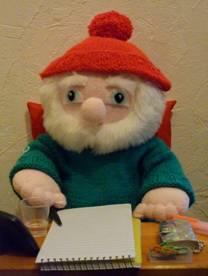

Bill and Bob’s Joke of the Week![]()
![]()
Bill: l was going to tell you a joke about paper but then l changed my mind.
Bob: Why won’t you tell me?
Bill: Because l think it’s too tear-ible.
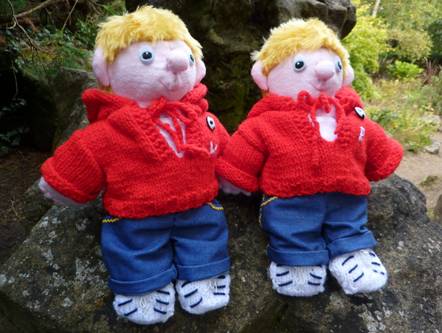
Salty Sam © Christina Sinclair 2015
Unauthorized use and/or duplication of material from this blog without express and written permission from this blog’s author and owner is strictly prohibited.
Links may be used to www.christina-sinclair.com

Picture Gallery

 Papyrus
Papyrus
A type of sedge that lives near water
 You can see flax grown in fields
You can see flax grown in fields
 Conifers
Conifers
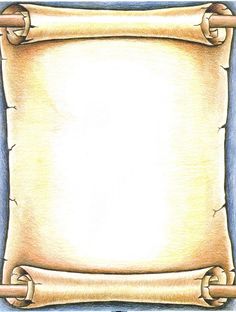 A scroll
A scroll
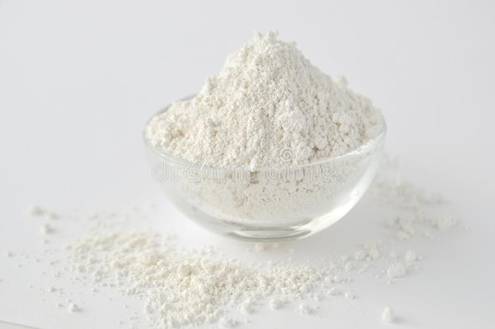 Kaolin clay is taken from the ground
Kaolin clay is taken from the ground
and is used in paper making
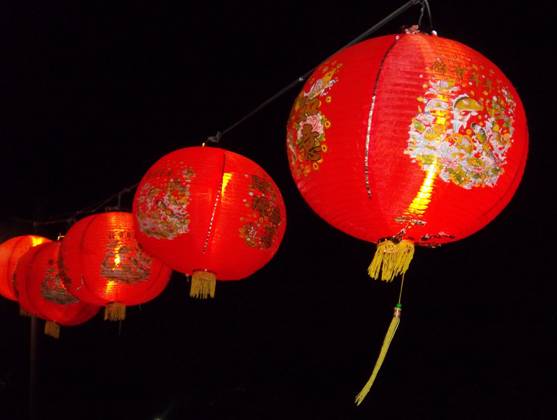 Chinese paper lanterns
Chinese paper lanterns
 An old paper production workshop
An old paper production workshop
 An old paper mill
An old paper mill
 An old paper making machine
An old paper making machine
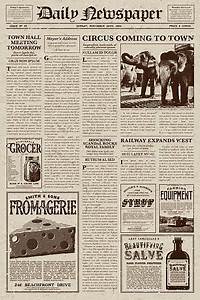 An old newspaper
An old newspaper
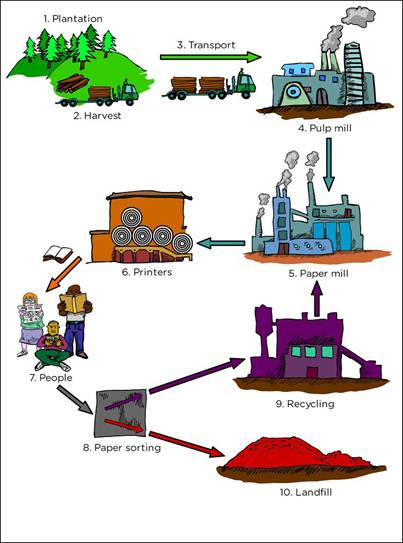 Paper production
Paper production
(Paper can also be put on a compost heap)
 Inside a mill
Inside a mill
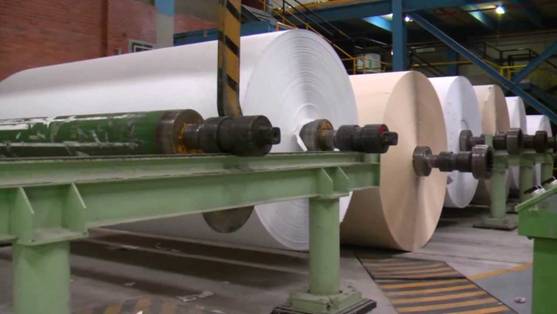 Rolls of newly produced paper
Rolls of newly produced paper
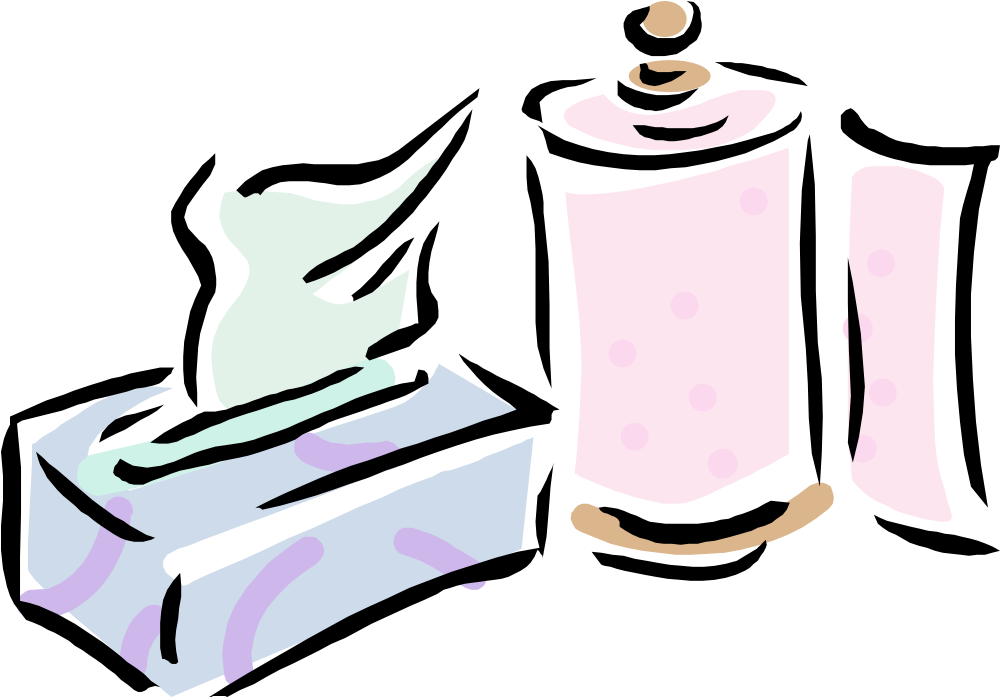
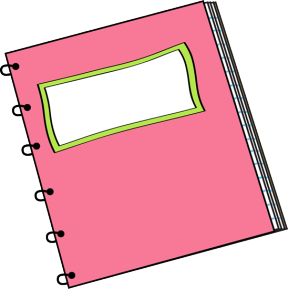 Paper products
Paper products
 Japanese origami
Japanese origami
 Walls in a Japanese house
Walls in a Japanese house


 THE SALTY SAM NEWS DESK
THE SALTY SAM NEWS DESK

This week, I started in training for the upcoming Rocky Bay Fun Run.
I told you about it last week.
I have to say that I think I am pretty fit already because of all the stairs I have to run up and down every day in my lighthouse home; not like that Captain Jack who spends too much time in front of the television in a comfy chair if you ask me. But don’t tell him I said so.
Anyway, I have started to collect sponsors and the Mayor has decided on the course the runners will follow. It is all very exciting. I am pretty confident that I can complete the course; but I still need a bit more practice before the event which is set to take place in early spring.
Hopefully, it will attract a lot of visitors into Rocky Bay and if any competitors decide to wear funny costumes it should be a lot of fun for everyone to watch.
Bill and Bob said they would help me by timing me over the course and make a chart of my times to see if I could improve over the weeks to come. They said that they would become my trainers.
‘Thank you very much’, I said.
But the first training session did not go well. Actually it was a disaster!
There was a slight dusting of snow on the ground in Rocky Bay and the pavements became a bit slippery. There was quite a lot of noisy traffic around; the streets will be closed for the actual run. But the worse thing of all was my two trainers following me on their bicycles shouting at me all the time. Who needs that when you are panting and puffing in the cold doing your best!
Then on top of that, when we got back to Primrose Cottage the boys complained that they were absolutely freezing because they had to keep waiting for me out there in the cold.
So I have sacked my trainers.
From now on I will go running in the peace of the hills behind Rocky Bay and time myself. I have my deep sea diver watch that I can use. It is waterproof which will be useful if I fall over in a puddle!
And Bill and Bob can be released from their duties and go and build a snowman instead!

Do you know the meanings of these idioms?
- on time
- to kill time
- time after time
- in your own time
- in good time
- take your time
- to make time


*********************
TO ADVERTISE ON THIS BLOG
PLEASE CONTACT:
christina.sinclair.ads@aol.co.uk
*********************


Crafty Tip
You can make up your own diary, planner or bullet journal using a large notebook.
Then you will have lots of room to draw illustrations to go along with your notes. You will need a calendar to guide you. You will need to know which dates fall on which day of the week.
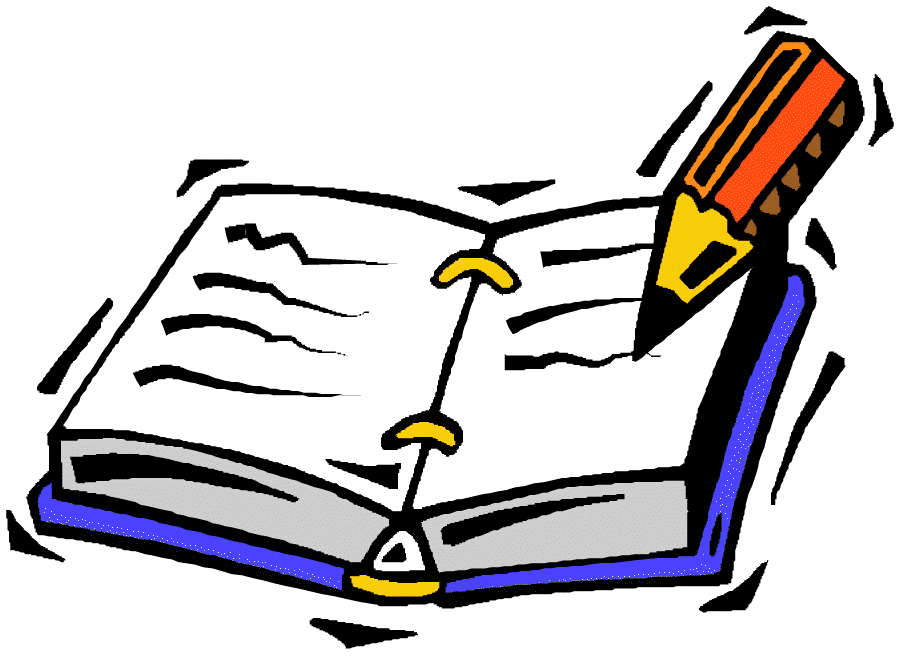
You could write the months in other languages as well in order to practise your language skills. ![]()
You can stick rectangles of decorative paper into your book and put white labels onto the decoration panels. You can find free downloads of printable decorations on the lnternet.
There are many doodles and little pictures to help mark out different types of notes.
There are many different ways you can lay out your pages.
You could invent your own little characters, cartoon people or animals, which could appear on different pages doing different things.
A journal or diary is a good central place to put notes you can constantly refer to like a packing list. When you go away on holiday you then won’t forget important things like your teddy or blankie.


Doodles for decoration

Draw pictures or stick pictures or transfers/stickers onto your pages




ldeas for borders and dividers



Doodles to denote ideas, achievements, dates and rest and celebration days
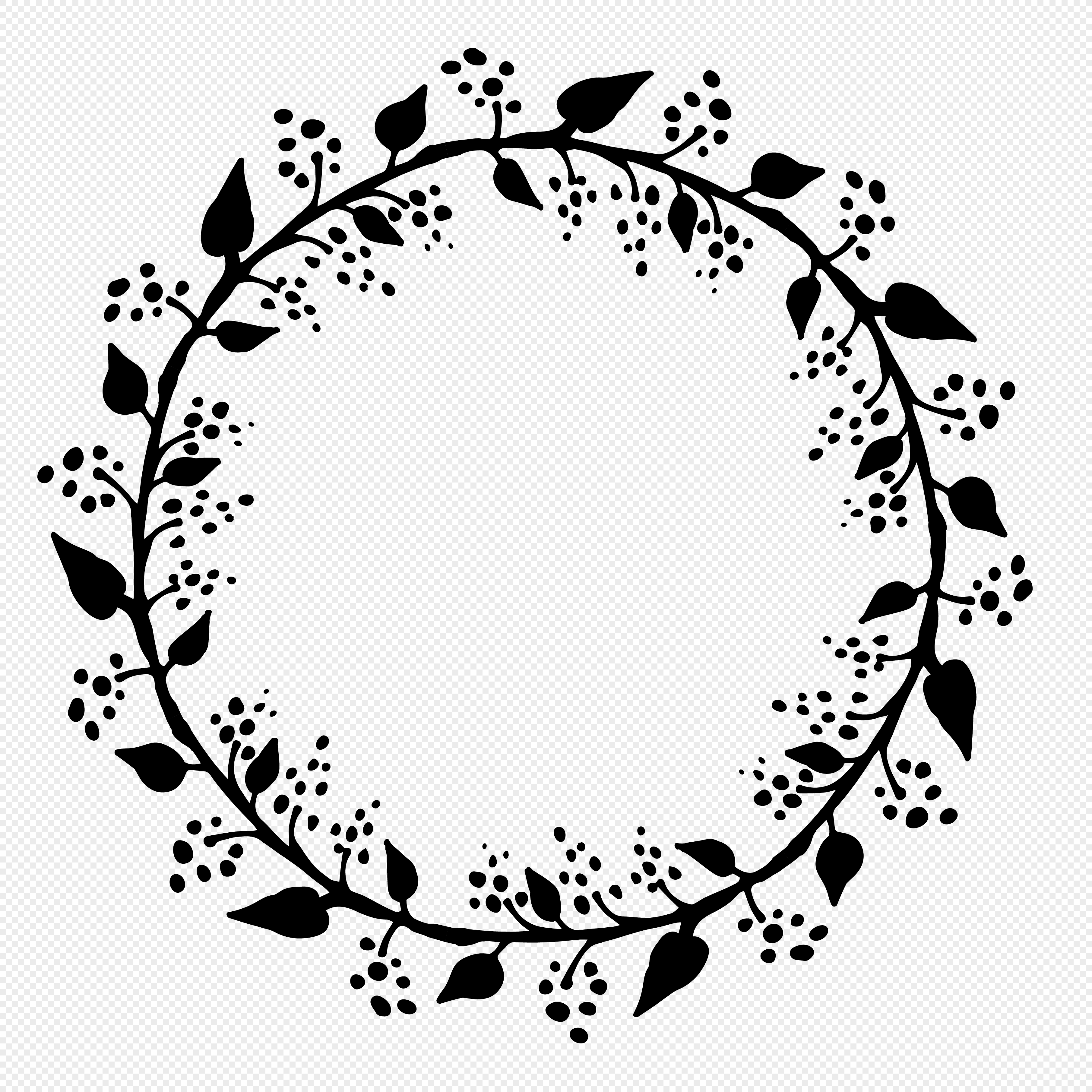

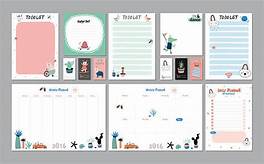


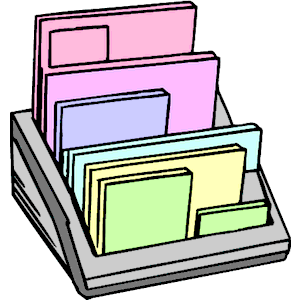
Keep your stationery neatly stored
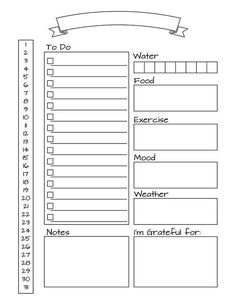
Things to do list and things achieved list – you can make your own categories
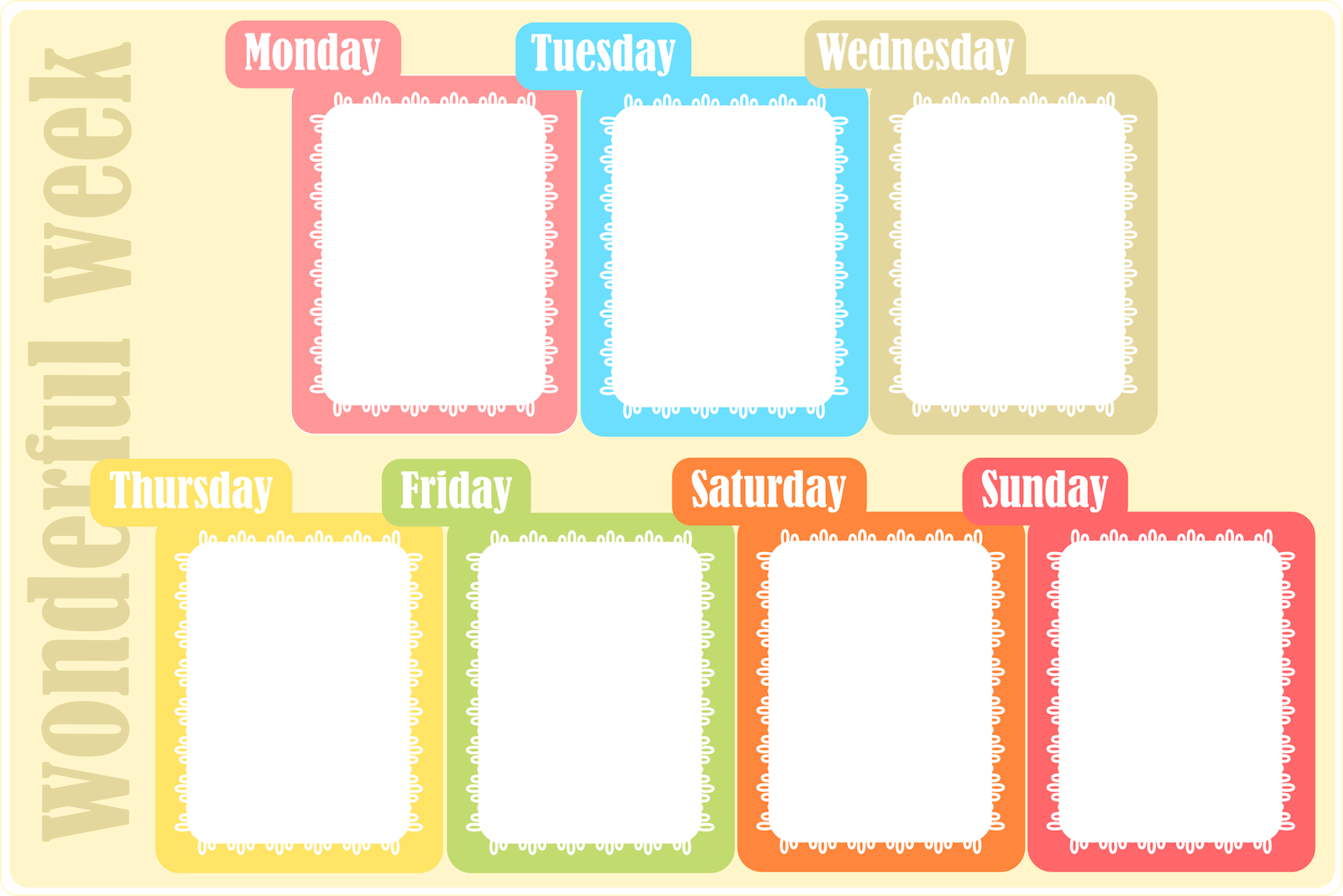
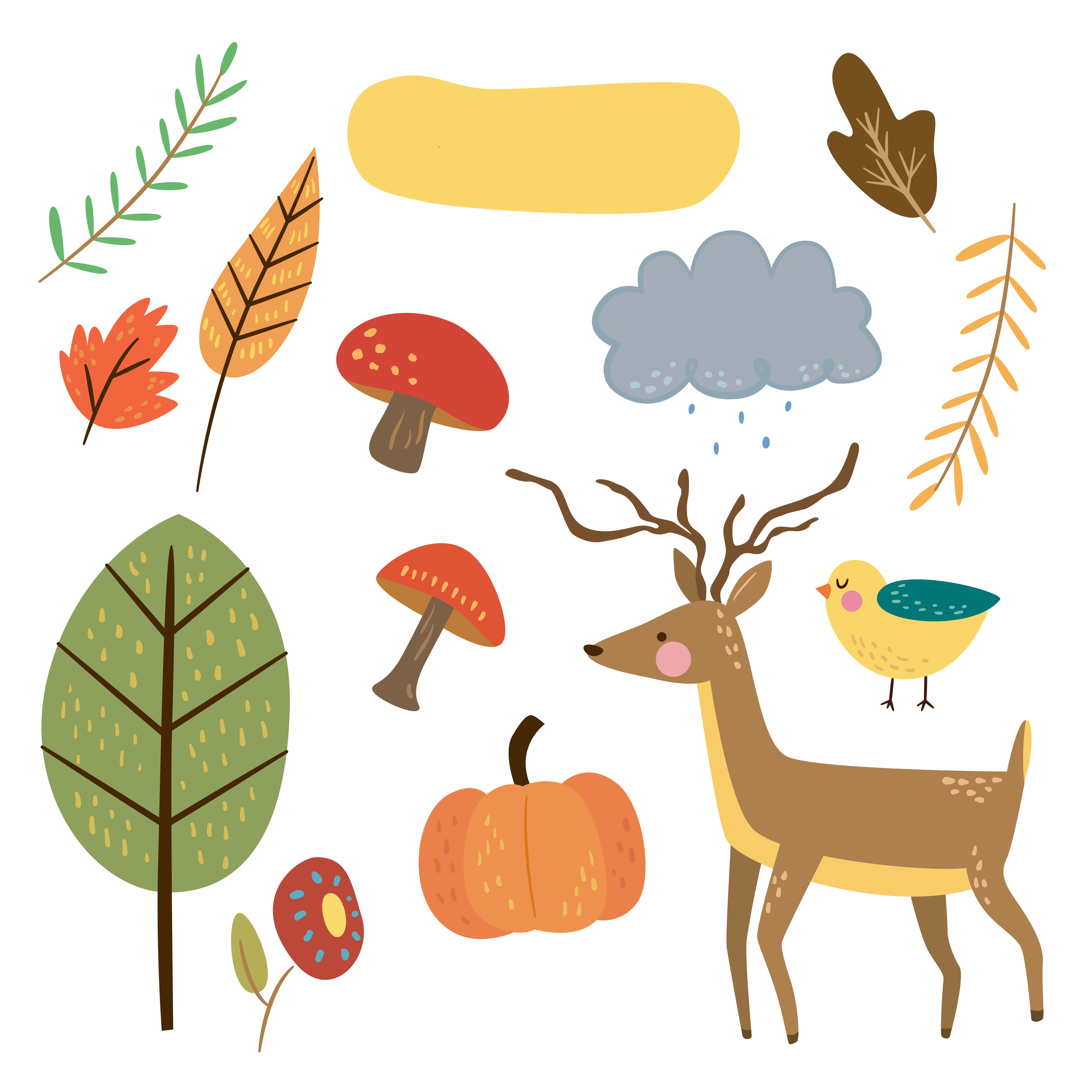
Seasonal doodles



lt’s the Weekend!
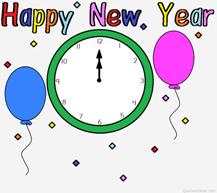
HOW TO MAKE BULLET JOURNAL PAGE MARKERS
These insert pages are really easy to make and really useful too.
First, draw a rectangle in faint pencil the size of one of the pages from your ring binder or journal onto a piece of card.
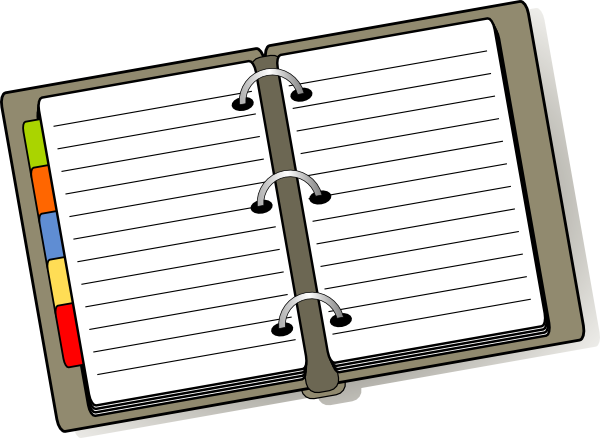
Then, draw punch holes on the card so that you can insert it into your file or folder. Once these are marked, you can draw a pattern around them on your card.
Next, draw a pattern on the thin card making sure that some of the pattern comes out further than the page so that it will show beyond the other pages and act as a kind of marker. The shapes should not stick out too much – just enough to act as a book mark.
You could also write words on the card to act as labels for sections of your notebook/diary/journal.
You can use a stencil or cookie cutter to make drawing the shapes easier.
If you are using a cookie cutter, you will probably find it easier to draw around the inside of it rather than the outside.
In the photograph, a flower shape has been used across most of the page. You can use one shape or some larger ones and smaller ones between. You can draw lots of different shapes of flowers or just similar ones to match.
When you are happy with your design you can colour it in. Then you can cut the page out and punch holes in the place you have marked they should be.
You could create a theme or colour pallet for your bullet journal.
When your sections are labelled, it will be easier to find information stored in it; and you will be ready, set up and ready to go for the New Year.

Heart shapes would be good to use on your marker page too because part of the shapes can hang over the edge of the rectangle.
But if you don’t want to use hearts and flowers and would like to choose a more masculine or abstract design, you can use lots of squares or hexagons. Don’t use triangles in your design because the points overhanging the page shape will probably bend out of shape and there will not be room on the protruding parts to write any words or numbers.
Of course, you could cover your bullet journal marker sheet with transfers, stickers or pictures glued on instead of your own drawings.
You can write a title on the marker page and draw patterns around it or write information inside parts of the pattern like in the photograph.
You can colour some of the shapes in using black paint or just one colour or many different colours.
Your design will be unique.
You can use this kind of design to make front sheets for any kind of file.
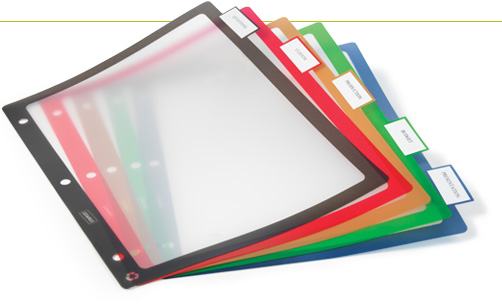
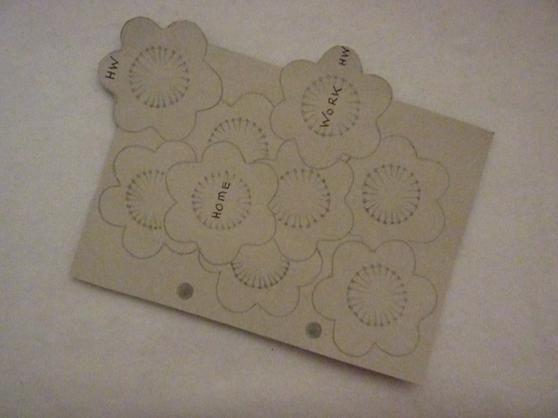
Please note that the material on this blog is for personal use and for use in classrooms only.
It is a copyright infringement and, therefore, illegal under international law to sell items made with these patterns.
Use of the toys and projects is at your own risk.
©Christina Sinclair Designs 2015

Answers to the News Desk Quiz
- on time – happening at a time that was scheduled
- to kill time – to find something to do while you are waiting
- time after time – a pattern of repetition
- in your own time – having the time to do something at a rate that is comfortable for you
- in good time – early
- take your time – you do not have to hurry
- to make time – to allocate time in your schedule to do something

